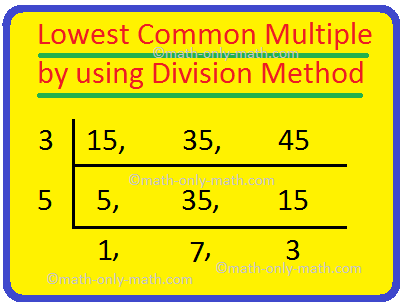

These types of equations often have parentheses or fractions. Multi-step equations are like two step equations. Keep in mind that any numbers next to your variable (the 4 in this problem) should be the last thing that you touch in an equation.

In order to get rid of the 4, which is multiplied times the x, we must divide. Once that’s done, we are left with 4x = 16. We want to move the -2 first, so we do the opposite operation of addition. After that, though, you should move any numbers added or subtracted to your variable and then get rid of any multiplication or division, if applicable.

You should still take care of anything in parentheses first, then exponents, but that applies more to multi-step equations. In equations, it’s the opposite, particularly with the MDAS part. In most numerical problems, you would start with parentheses and continue with the steps to the right. Remember PEMDAS stands for Parentheses, Exponents, Multiplication, Division, Addition, Subtraction. When solving equations that require two steps or more, keep in mind that you will usually do the order of operations in reverse, at least for some of it. They typically require you to both multiply/divide and add/subtract within the equation. Two step equations require two steps to solve the problem. When you divide a number by itself, it cancels out and leaves us with 1, so we’re left with 1x on the left and 6 on the right. To cancel out a number, you must do the opposite operation – in this case, division is the opposite of multiplication, so we divide by 3 on the left.Īs we mentioned above, though, we must keep the equation equal at all times, so if we divide by 3 on the left side, we must divide by 3 on the right side. Since our goal is to get the x by itself, we want to cancel out the 3 on the left side. In other words, 3 times an unknown number is equal to the number 18, which is on the right side of the equation. On the left side, we have 3x, which means 3 times the unknown number x. In one step equations, you only need to perform one operation in order to solve the problem. Whatever you do on one side of the line must be repeated on the other side. One method you can use to keep this in mind is to draw a line where the equal sign is in the equation. When solving the equation, we want both sides to represent the same amount all throughout the problem, so whenever you perform an action on one side of the equation, you must perform the same action on the other side of the equation. Since equations represent two equal amounts, think of them like a balancing scale. Most equations will have only one variable present after all, you can’t get a number as your answer if there’s another unknown amount present…but that discussion is for another time. So our goal is to move any other numbers (and maybe other variables) away from the variable we want to solve.

So ultimately, what is the goal of solving an equation? Whenever you’re asked to solve, that means get the variable (the letter that stands in for an unknown number) by itself. This is one of the first concepts students encounter in Algebra, but the key skills you learn here carry on to every level of math afterwards, making this is one of the most important skills to master. As the name suggests, equations present two amounts that are supposed to be equal to each other. Equations are useful way of solving for an unknown amount when other information is present. Have you tried solving an equation and ended up stuck on a step halfway through? Having trouble making sense of equations or why they matter? In each installment of Step by Step, we’ll explain how you can approach a variety of concepts more effectively.


 0 kommentar(er)
0 kommentar(er)
